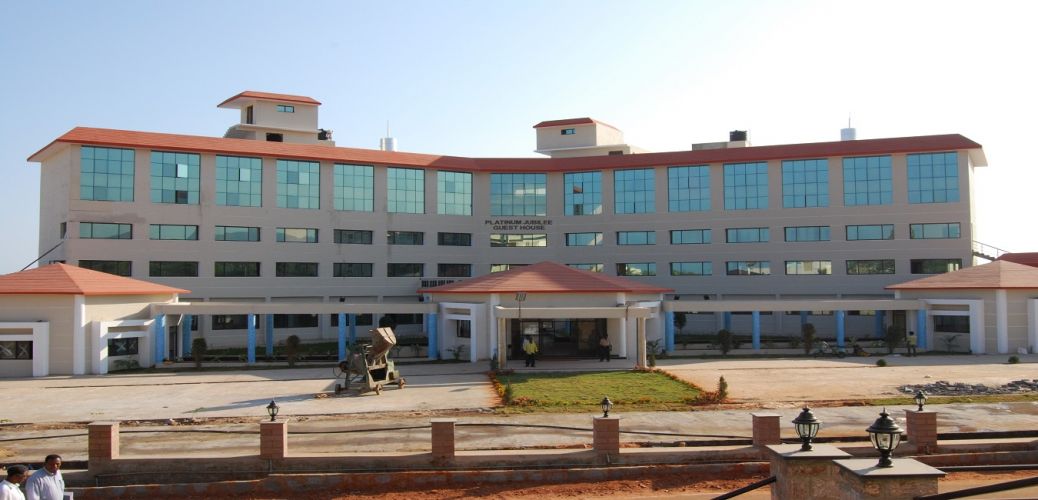In a groundbreaking study, S Eswara Rao, a Ph D researcher under the guidance of Prof. CNV Satyanarayana Reddy from the civil engineering department of Andhra University, has shed light on the liquefaction threat looming over Visakhapatnam. Despite being classified as seismic zone II, the city’s vulnerability to earthquakes has been underscored by the accumulation of stresses along fault planes.
The comprehensive study focused on identifying liquefaction-vulnerable areas and assessing potential earthquake-induced damage. A notable achievement was the development of an Artificial Neural Network (ANN) model, leveraging advanced AI techniques, to predict soil liquefaction potential.
The research targeted 10 strategic locations in Visakhapatnam, including critical areas such as the Naval Base, Naval dockyard, harbour port, and Sea Horse Junction-Port Area. Utilising established methodologies, the study determined factors of safety against liquefaction for various seismic zones and earthquake magnitudes.
The ANN model, trained on data from selected areas, exhibited an impressive 90% efficiency and accuracy. While the study suggested that the examined zones were not currently prone to liquefaction under earthquake magnitudes up to M6, it emphasized the potential risks associated with earthquakes exceeding magnitude 6.
In an exclusive interview with The Pioneer, S Eswara Rao highlighted the critical role of shallow groundwater in liquefaction risks. Rao emphasized, “If the groundwater is not at a shallow depth, there are high chances of liquefaction.”
The research team attempted to collect soil samples from areas outside Visakhapatnam but encountered clay and gravel. This underscores the unique conditions contributing to the city’s susceptibility to liquefaction. The study’s revelations raise concerns about Visakhapatnam’s seismic resilience, urging further exploration of preventive measures and enhanced preparedness.
The integration of advanced AI techniques in understanding and predicting liquefaction potential marks a significant leap in earthquake vulnerability research.
Study sparks concerns over Vizag’s seismic resilience




